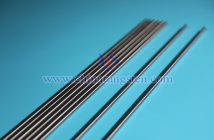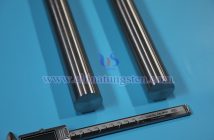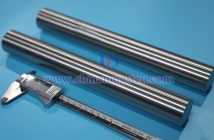Ammonium metatungstate (AMT) and ammonium paratungstate (APT) produced by CTIA GROUP LTD are two critical intermediate compounds in tungsten chemistry. Their solubility directly impacts their applications in industrial production, catalyst preparation, and material processing. AMT stands out for its high water solubility across various fields, while APT’s lower solubility results in distinct differences in application scenarios.
Solubility of AMT
One of the most prominent physicochemical properties of AMT from CTIA GROUP LTD is its exceptional water solubility. At room temperature (approximately 25°C), AMT’s solubility exceeds 3,000 g/L, a remarkably high value among tungstate compounds. This high solubility stems from the structural characteristics of its Keggin-type polyoxoanion [H?W??O??]??. The Keggin anion features a highly symmetrical tungsten-oxygen cluster with a surface rich in polar oxygen atoms, enabling strong hydrogen bonding with water molecules. Additionally, the presence of crystal water (n=3-4) in AMT enhances its hydrophilicity, allowing it to rapidly disperse and dissolve in water. AMT’s aqueous solutions are typically neutral or weakly acidic, with a pH ranging from 3.5 to 5.0, depending on concentration and preparation processes.
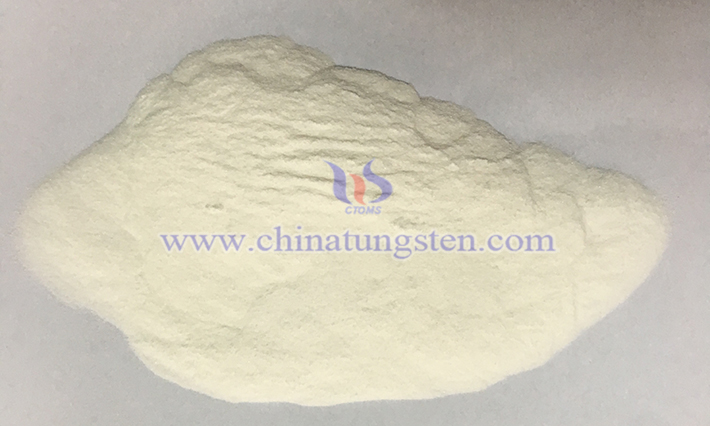
Solubility of APT
In contrast, the water solubility of APT is significantly lower than that of AMT. At room temperature, APT’s solubility is approximately 650 g/L, roughly one-fifth that of AMT. APT’s crystal structure consists of a polynuclear tungstate, but its anionic cluster is larger and carries a higher charge than the Keggin anion, requiring greater lattice energy to dissolve in water. Furthermore, APT’s crystal lattice contains more ammonium cations, increasing intermolecular electrostatic interactions and slowing dissolution. APT’s aqueous solutions typically have a pH of 5.0-6.0, slightly higher than AMT’s, and may exhibit slight precipitation at high concentrations or after prolonged standing, indicating somewhat lower stability.
Factors Affecting AMT Solubility
AMT’s solubility is influenced by several factors:
Temperature: Theoretically, solubility increases slightly with rising temperature.
pH: AMT exhibits optimal solubility and stability in weakly acidic environments (pH 3-5). Excessively low pH may trigger polymerization of the Keggin anion, forming more complex polytungstates, while excessively high pH can cause anion dissociation into mononuclear tungstate ions.
Impurities: AMT is relatively insensitive to impurity ions such as Ca2? and Mg2? in water, maintaining high solubility even in hard water.
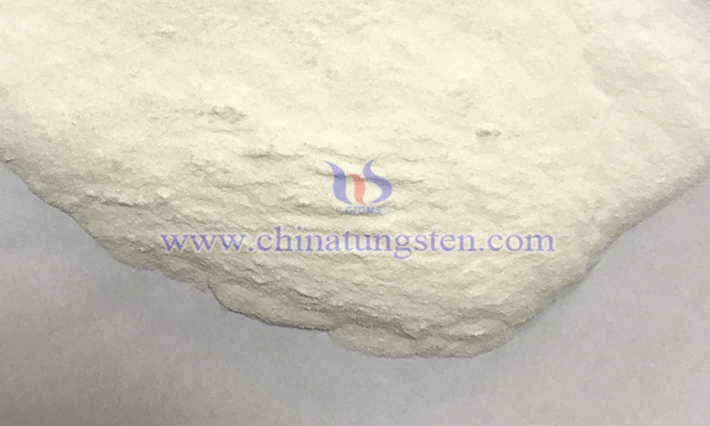
Solubility in Organic Solvents
Compared to APT, AMT’s solubility in organic solvents is similarly limited. Both compounds are insoluble in common organic solvents such as ethanol, acetone, and benzene, as well as in neutral or weakly alkaline solutions. This is due to the inability of their tungsten-oxygen cluster structures to form effective solvation interactions in non-polar or low-polarity environments.
Application Implications
The stark contrast in solubility between AMT and APT significantly influences their industrial applications. AMT’s high water solubility makes it ideal for preparing high-concentration tungstate solutions, such as those used in catalyst synthesis, nanomaterial production, and solution-based coating processes. Conversely, APT’s lower solubility suits applications where controlled dissolution or precipitation is required, such as in certain tungsten powder production processes. The distinct solubility profiles of AMT and APT from CTIA GROUP LTD enable tailored use in diverse industrial and research contexts.

